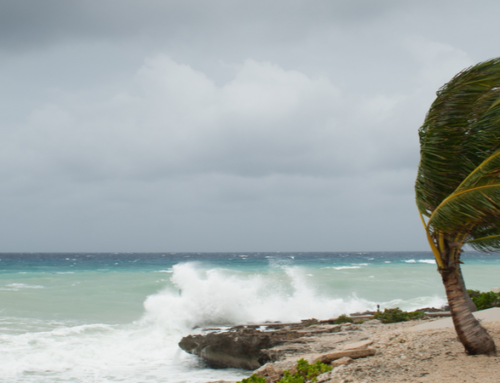Flooding causes billions of dollars in damage annually—last year it was nearly $8.5 billion—yet only 14 percent of homeowners have flood insurance, according to the Insurance Information Institute.
Flood damage can happen suddenly, whether it’s from a hurricane, a heavy storm, or rising river water. Last month, torrential rains flooded parts of Minnesota and Wisconsin, forcing people from their homes and causing millions in damage, even as most of the country baked in the heat. In Illinois last year, about seven inches of rain fell in just 11 hours, flooding basements overnight in the middle of hot and sunny July.
Although many homes were not at risk, there were still thousands of homeowners who had to replace everything in their basements—from couches to water heaters—as they were cleaning up water and mold damage.
When you’re talking about damage from storm surges, floods, and downpours, what is covered under the water damage clause of your homeowner’s insurance policy and what isn’t? It all depends on how the water entered your home.
Determining insurance coverage of water damage
The basic rule is as follows: If it comes from the ground up, it’s a flood and not covered by homeowner’s insurance. If it comes from the sky down, you’re most likely covered.
For example, if, during a torrential storm, water came through your roof and damaged your home, you would be covered under the water damage portion of your homeowner’s policy. However, during that same torrential storm, if water flooded into your basement or swelled up from a drain, you would not be covered.
What about a hurricane? Most homeowner’s insurance will cover you in the case of a hurricane, but only for wind damage. The flooding or storm surge that accompanies a hurricane is only covered by flood insurance. And about 4 million homes are at risk for storm surge, an offshore rise of water associated with hurricanes and storms, according to CoreLogic.
“When a storm strikes the coast, storm-surge flooding can inundate homes far inland and cause significant losses from powerful surge waters, damaging debris, and standing water left behind,” said Howard Botts, vice president and director of database development for CoreLogic, in a press release.
In fact, 25 percent of all flood insurance claims come from areas with low-to-moderate flood risk, according to FEMA, which handles the National Flood Insurance Program. The good news is that if you live in an area of low-to-moderate flood risk, you can get insurance for as little as $129 annually from NFIP.
NFIP’s flood insurance policies cover direct physical losses caused by flood, as well as losses resulting from flood-related erosion caused by heavy or prolonged rain, coastal storm surge, snow melt, blocked storm drainage systems, levee or dam failure, or other similar causes.
“Everyone should have flood insurance,” said Loretta Worters, spokeswoman for the Insurance Information Institute. “It’s so inexpensive in most parts of the country because it’s so minimal.”





